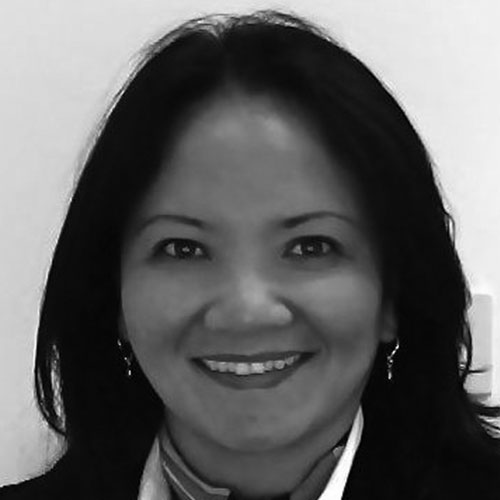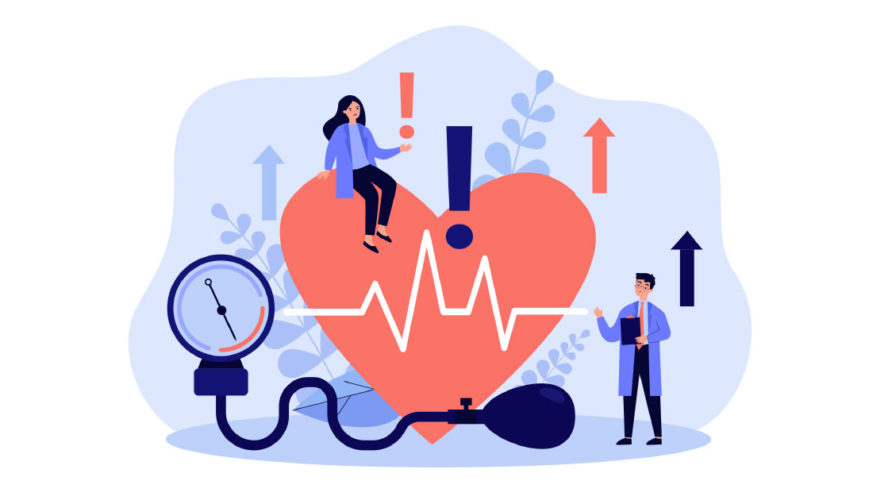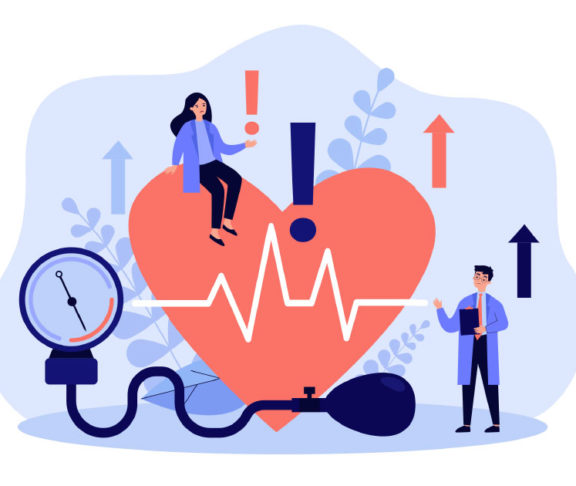Heart disease is the leading cause of death in women in the United States and in most countries around the world. And yet, all too often, when women visit their doctors with symptoms of heart disease, it gets missed.

Celina Gorre
CEO, WomenHeart
These women get sent home and told to rest. They’re told that the problem is stress or anxiety. Sometimes they investigate whether the cause of their symptoms is menopause, pneumonia, or something else without being referred for cardiac testing. Some women will suffer through the symptoms without seeing a doctor at all. The result is that women often experience a missed or delayed diagnosis of heart disease, exacerbating their symptoms, delaying treatment, and leading to worse outcomes.
We have known for years that heart disease can look different in women compared to men. Yet the majority of women are not aware of the risks posed by heart disease, and many healthcare providers are taught very little about those sex differences. This persistent notion that heart disease is a man’s disease creates a blind spot for patients, healthcare providers, and researchers. Bias based on a patient’s age, sex, gender, race, ethnicity, or appearance leads many clinicians to discount heart disease as a possible diagnosis. That is compounded by other factors that contribute to misdiagnosis, such as time pressure in appointments that lead to missed information or a breakdown in trust between patients and healthcare providers.
Being a champion
These challenges play out in different ways for different women. For example, Glenda Sexauer was 47 years old, healthy, and active when she started experiencing fatigue and weight gain and knew something was wrong. She saw various doctors for conditions she thought explained her symptoms; neither she nor any of the doctors considered heart disease until she was in heart failure. In the case of Florence Champagne, she was unemployed, uninsured, and had been in and out of the ER for months with shortness of breath, chest pain, and shooting arm pain. She was told it was all in her head. It wasn’t until she needed emergency heart surgery to save her life that she learned her lack of insurance probably kept her from getting the proper diagnostic tests. Charity Watkins experienced worsening symptoms after the birth of her daughter and trips to the ER that left questions unresolved. A visit to the campus health department where she was getting her Ph.D. eventually flagged a serious problem with her heart. Heart disease had never been discussed during or in the two months after her pregnancy.
The good news is that it doesn’t have to stay this way. All three women are now WomenHeart Champions, volunteers for WomenHeart who support other women living with heart disease, educate their communities, and advocate for policies that improve women’s heart health. Along with hundreds of other Champions like them, they want women to know the signs and symptoms of heart disease and to be empowered to seek care and to ask questions about their heart health.
In addition to empowering patients, more research on heart disease in women and more education of clinicians to understand those differences would help combat bias and provide the evidence doctors rely on to make decisions about diagnosis and treatment. And because we know that social determinants of health — such as employment status, financial status, and where one lives and plays — impact health outcomes, policies that address those factors will directly combat health disparities and improve a woman’s diagnostic process.
The goal is for all women to receive a timely and accurate diagnosis. By raising awareness, increasing our knowledge of heart disease in women, and working on systemic change, we are well on our way.

